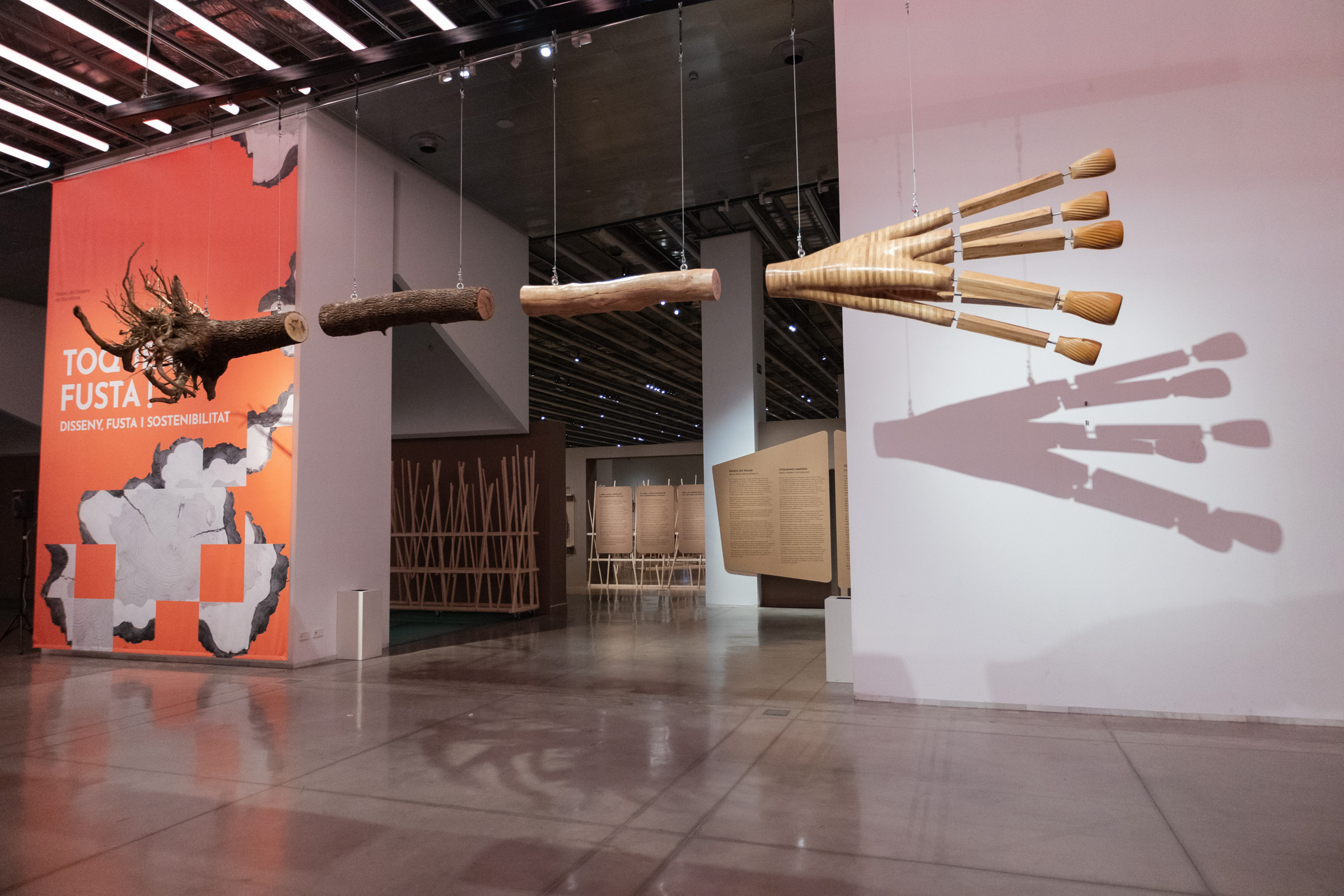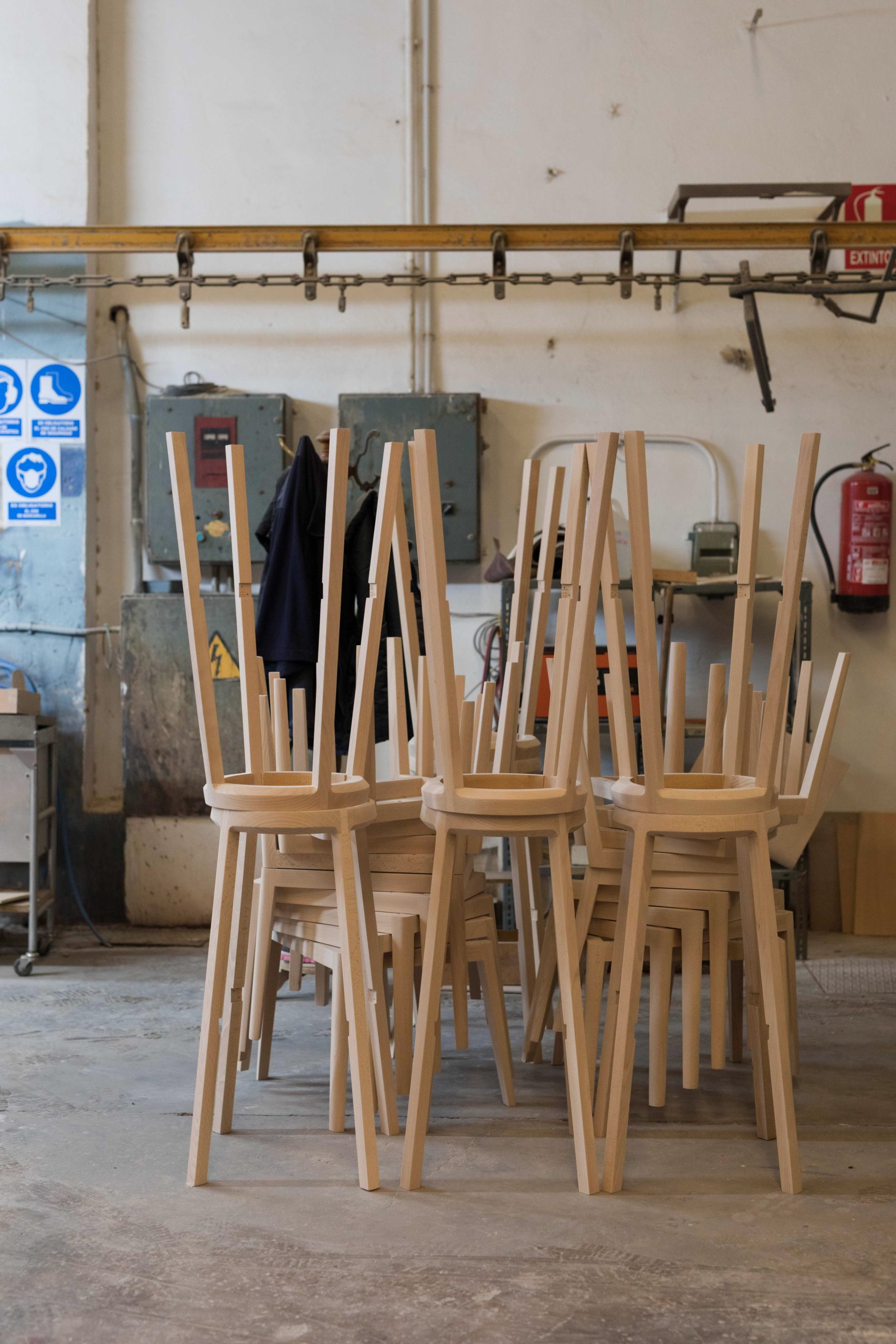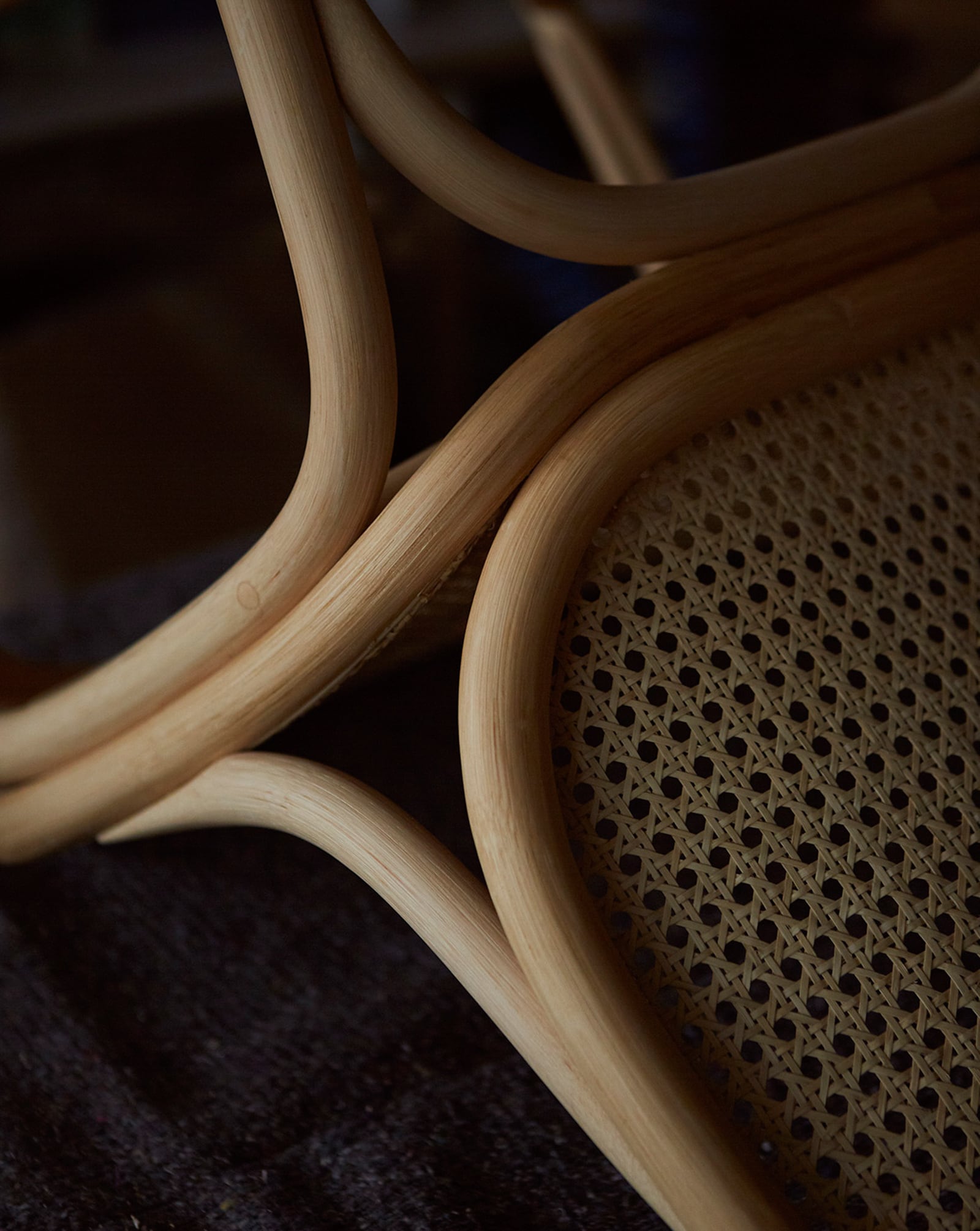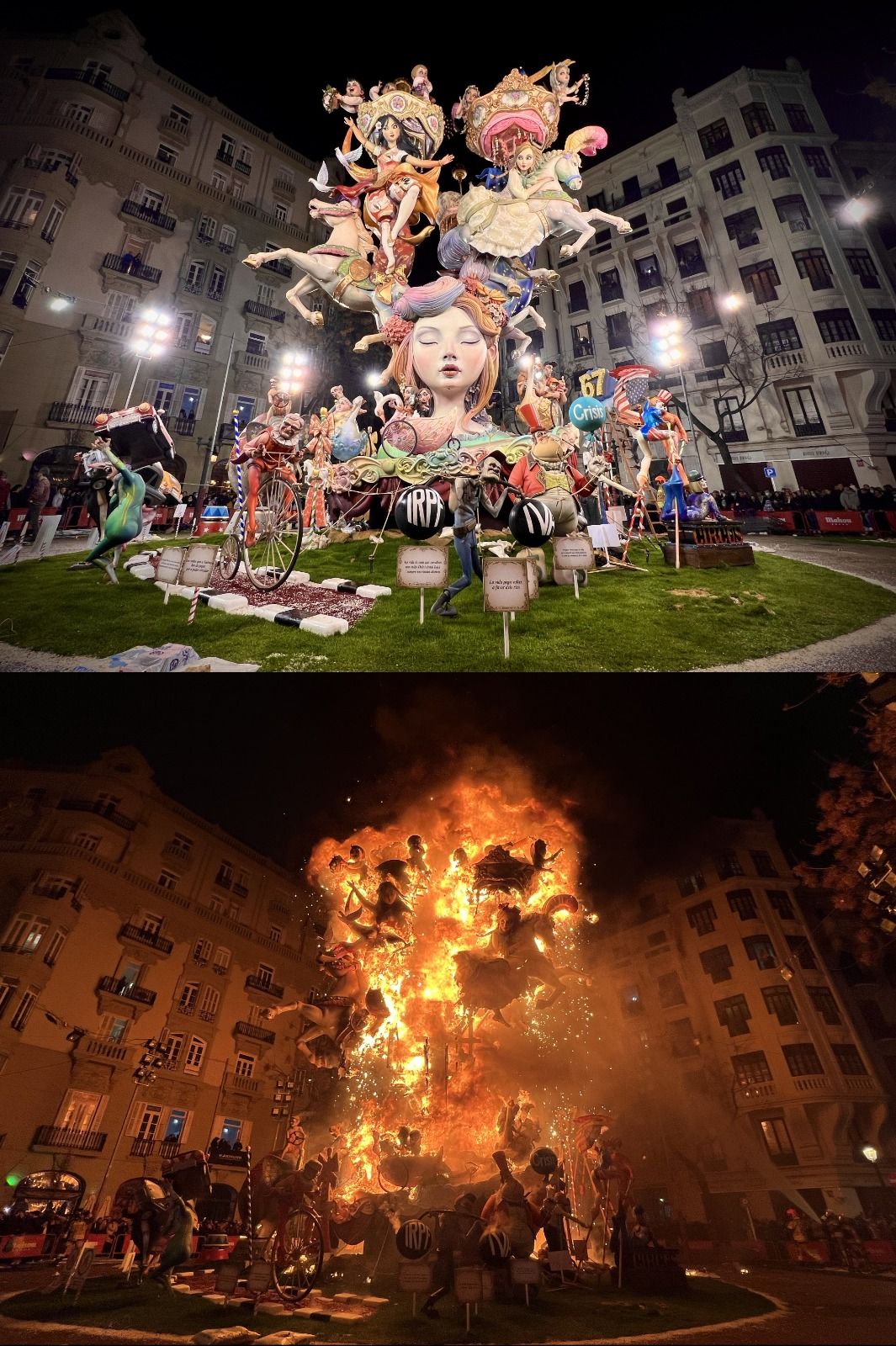For people across the world, life’s pace can be relentless, its everyday labours frenetic, unforgiving and out of hand. For this reason, there is a steadily growing movement towards slowing down: seeking authenticity, finding balance and enjoying a less presumptuous approach to living.

In Tokyo, the curious traveller will find Yanaka, a tranquil and beautiful suburb, tucked away in an eastern fringe of the vast Japanese capital. Alighting from the train at Nippori Station, a stroll through Yanaka Cemetery—a hallowed place filled with much reverence for those who have passed—takes you to Yanaka’s picturesque retail area, one where a shitamachi atmosphere (an ambience reminiscent of an old-time Tokyo) still survives.

Yanaka Cementery by Henry Lau
There you will find Tokyobike Rentals, whose philosophy is based on the conviction that cycling is as much about the journey as the destination. Tokyobike was created and designed for cycling around Tokyo—emphasising comfort and lightness, it is centred on the concept of ‘Tokyo Slow’. In Yanaka, one can experience an innate sense of Tokyo Slow, where life is unhurried and it feels as though every moment is fully embraced.

TokyoBike Rentals store in Yanaka
Yanaka’s embracement of Tokyo Slow is all the more pertinent in a fast-paced, dizzying megalopolis that thrives on hustle and bustle. It is as though the area was deliberately designed to slow down the rhythm of life (and this may well be the case). Slow design is part of a much broader slow movement—a drive to champion ‘downshifting’, with a focus on better connections (to family, food and place), and on maintaining a healthy life balance (personally, spiritually, physically and socially).
With slow design, there is a conscious commitment to provenance, craftsmanship, process, materials, sustainability and the individual. Objects are typically well-designed, thoughtful, useful, aesthetic, long-lasting and people-centred.

In order to slow down, we must consciously choose to do so. To slow down is to experience things in a new and different way, finding value, meaning and purpose: seeing the narrative in an artist’s painting, hearing the different sounds of the city, savouring the aroma of freshly baked bread and feeling the crunch of autumn’s leaves beneath our feet.

Raindrop pendant lamp.
With slow design, we might seek to find a balance between usability and aesthetics, choosing items that add enjoyment and enrichment to everyday life. There is, inevitably, the need to curate, to make considered choices about such things as lighting and objets d’art, and to think about our space—how it flows and how we move through it.
When we adopt a sense of slow design, we can reduce so much of the unnecessary noise in our lives. Slow design is elegant and simple, coherent and unobtrusive. It is intentional, paying heed to the march of time, respecting the seasons, helping us to see, feel, breathe and listen. For these reasons, and more, slow design is part of a revolution in how we embrace and live with design.














